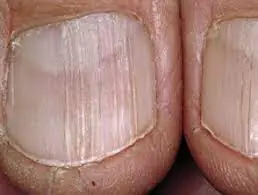
14 Symptoms of Liver Damage You Need to Know
Your liver is one of the most vital organs in your body — a silent multitasker that keeps countless systems running smoothly. Located beneath your rib cage on the right side of your abdomen, it filters blood coming from your gastrointestinal tract, metabolizes nutrients, medications, and chemicals, removes toxins, and produces essential proteins that help with clotting and digestion.
When the liver becomes damaged and can no longer perform these critical tasks efficiently, your entire body feels the impact. Left unchecked, this can progress from mild dysfunction to severe liver disease or liver failure, which requires urgent medical attention.
What Causes Liver Damage?
Liver damage can result from many different factors, including:
-
Overconsumption of ultra-processed foods high in sugar, unhealthy fats, and additives
-
Excessive alcohol intake, one of the leading global causes of liver disease
-
Long-term use or misuse of medications, including acetaminophen and some prescription drugs
-
Viral infections, such as hepatitis A, B, and C
-
Obesity, which contributes to nonalcoholic fatty liver disease (NAFLD)
-
Autoimmune conditions where the immune system mistakenly attacks liver cells
In most cases, serious liver damage develops slowly, sometimes over decades, progressing from inflammation to fibrosis (scarring), then cirrhosis (hardening of the liver tissue), and finally liver failure.
Common liver diseases include NAFLD, alcohol-related liver disease, hepatitis, drug-induced liver injury, cirrhosis, and liver cancer.
The 14 Most Telling Signs of Liver Damage (From Early to Advanced)
Below are the hallmark symptoms — arranged from subtle early warnings to more advanced, serious signs that indicate your liver may be struggling.
14. Loss of Appetite
When the liver’s ability to process fats and proteins becomes impaired, bile production decreases, making it difficult to digest and metabolize food properly. As a result, you might develop nausea, vomiting, or a distaste for rich, fatty, or protein-heavy meals. Over time, this can lead to unintentional weight loss and malnutrition.
This loss of appetite is often one of the first signs that the liver is inflamed or stressed.
13. Changes in Skin Appearance
Your skin can reveal a lot about liver health. Damage to the liver often leads to visible skin changes, such as:
-
Spider veins (tiny red or purple lines) appearing on the face and torso due to hormonal changes
-
Reddened palms and soles caused by altered blood flow and vitamin deficiencies
-
Blotchy or flushed skin, indicating vascular instability
In more advanced stages, you might develop jaundice, a yellowing of the skin and eyes caused by excess bilirubin, a waste product that builds up when the liver can’t properly break it down.
12. Fatigue and Difficulty Concentrating
Chronic fatigue is among the most common and persistent symptoms of liver disease. A damaged liver must work harder to filter toxins, leaving you drained of energy. As toxins build up, they can interfere with brain function, causing poor focus, confusion, or memory lapses — symptoms of a condition called hepatic encephalopathy.
In severe cases, patients may appear drowsy, disoriented, or forgetful, underscoring how tightly the brain and liver are connected.
11. Sleep Disturbances
People with liver damage often struggle to get restful sleep. Insomnia, daytime sleepiness, or disrupted sleep patterns can all occur. The discomfort from abdominal swelling, itchy skin, or mental fog may also make it harder to relax at night. Over time, poor sleep can worsen immune function and increase stress, creating a vicious cycle that further harms liver health.
10. Weight Loss and Muscle Wasting
As liver function declines, nutrient absorption becomes inefficient. Many patients lose their appetite or experience frequent nausea, leading to weight loss and sarcopenia (muscle wasting).
In those with cirrhosis, the body enters a state of accelerated starvation, meaning even short periods without food (as little as 10 hours) can cause the same metabolic stress that three days of fasting would cause in a healthy person.
9. Abdominal Swelling and Pain
A swollen abdomen, known as ascites, is one of the clearest physical signs of advanced liver disease. It occurs when protein loss and portal hypertension (increased pressure in the liver’s main vein) cause fluid to leak into the abdominal cavity.
This not only leads to bloating and tightness but can also cause pain or pressure in the stomach area. An enlarged spleen may also cause sharp pain in the upper left abdomen, radiating toward the back.
8. Itchy Skin (Pruritus)
Persistent itching — especially on the palms of the hands or soles of the feet — can be a sign of bile flow obstruction or toxin buildup under the skin. Unlike typical rashes, this itching is deep, relentless, and rarely relieved by scratching. It can worsen at night and seriously disrupt sleep and quality of life.
7. Changes in Bowel Movements
When the liver fails to produce or process enough bile, digestion slows down. You may notice constipation, diarrhea, or pale-colored stools. The pale color occurs when bilirubin, which gives stool its brown color, is no longer properly excreted. Floating or greasy stools may also indicate poor fat digestion.
6. Changes in Urine Color
Dark or tea-colored urine can be an early indicator of elevated bilirubin levels in the bloodstream. Because the liver can’t eliminate bilirubin effectively, the kidneys take over, leading to discoloration. This symptom often appears before jaundice becomes visible.
5. Easy Bruising and Excessive Bleeding
The liver produces clotting factors, essential proteins that help stop bleeding. When it’s damaged, even small injuries can cause large bruises, frequent nosebleeds, or bleeding gums.
In severe cases, esophageal varices (swollen veins in the esophagus and stomach) can rupture, causing dangerous internal bleeding. If you ever vomit blood or notice black, tarry stools, seek emergency medical care immediately.
4. Swelling in Legs or Ankles
Known as edema, this swelling occurs when low protein levels cause fluid to leak from the bloodstream into surrounding tissues. It’s often most noticeable in the ankles, feet, and calves, and tends to worsen as the day progresses. While it’s painless at first, chronic edema can cause discomfort and mobility issues.
3. Nail Changes
Liver disease can cause noticeable alterations in nail appearance. One common sign is Terry’s nails, where the majority of the nail turns white with a thin, dark band near the tip — often associated with cirrhosis or liver failure.
In one study, about 68% of patients with liver disease showed some form of nail abnormality, compared with only 35% in healthy controls. Other signs include brittle nails, ridges, fungal infections, and clubbing (rounded, enlarged fingertips).
2. Impotence and Loss of Libido
Men with liver disease, especially those with nonalcoholic fatty liver disease (NAFLD) or alcohol-related liver injury, frequently experience erectile dysfunction and decreased sexual desire. This is due to hormonal imbalances — particularly reduced testosterone and elevated estrogen levels — that accompany chronic liver dysfunction.
Alcohol use compounds the problem by further damaging both the liver and blood vessels responsible for normal sexual function.
1. Bad Breath (Fetor Hepaticus)
This distinctive symptom — a sweet, musty, or sulfur-like odor on the breath — is a classic late-stage sign of liver failure. It results from volatile compounds like dimethyl sulfide accumulating in the bloodstream and being exhaled through the lungs.
Unlike ordinary bad breath, fetor hepaticus cannot be improved with brushing, mouthwash, or gum. It indicates significant liver impairment and demands urgent medical evaluation.
When to See a Doctor
If you notice more than one of these symptoms, or if they persist for several weeks, don’t ignore them. Ask your doctor for liver function tests (LFTs) and imaging studies such as ultrasound or MRI to check for inflammation, scarring, or fat buildup. Early intervention can prevent irreversible liver damage and significantly improve your prognosis.
The Bottom Line
Your liver is remarkably resilient — it can regenerate and repair itself when given the chance. However, chronic damage from poor diet, alcohol, toxins, or disease can silently destroy this vital organ over time.
By maintaining a balanced diet, staying physically active, limiting alcohol consumption, and seeking regular medical checkups, you can help protect your liver and prevent many of the serious complications listed above.
News in the same category


Top 5 Nutrients to Reduce Swelling in Feet and Legs

If you sleep with socks on, see what happens
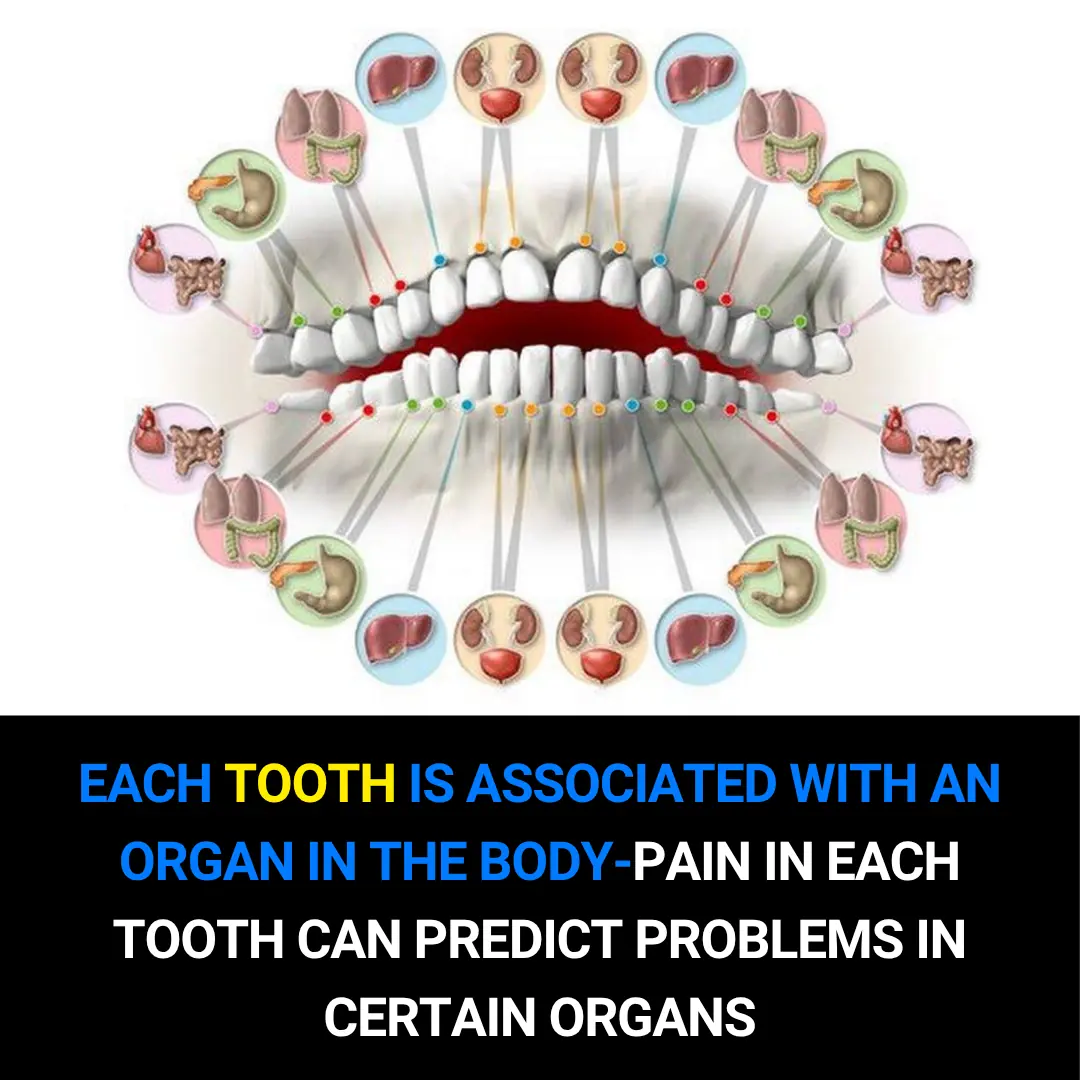
Each Tooth Is Connected to an Organ in the Body – How Tooth Pain May Reveal Hidden Health Problems

7 Heart-Healing Foods Your Cardiologist Won’t Tell You About

What Happens When You Eat 3 Whole Eggs Every Day…You’ll Be Surprised What It Does To Your Body!

This Is What Happens To Your Body The Day You Stop Eating Bread

17 Foods That Increase Magnesium And Prevent High Blood Pressure, Blood Clots And Muscle Fatigue
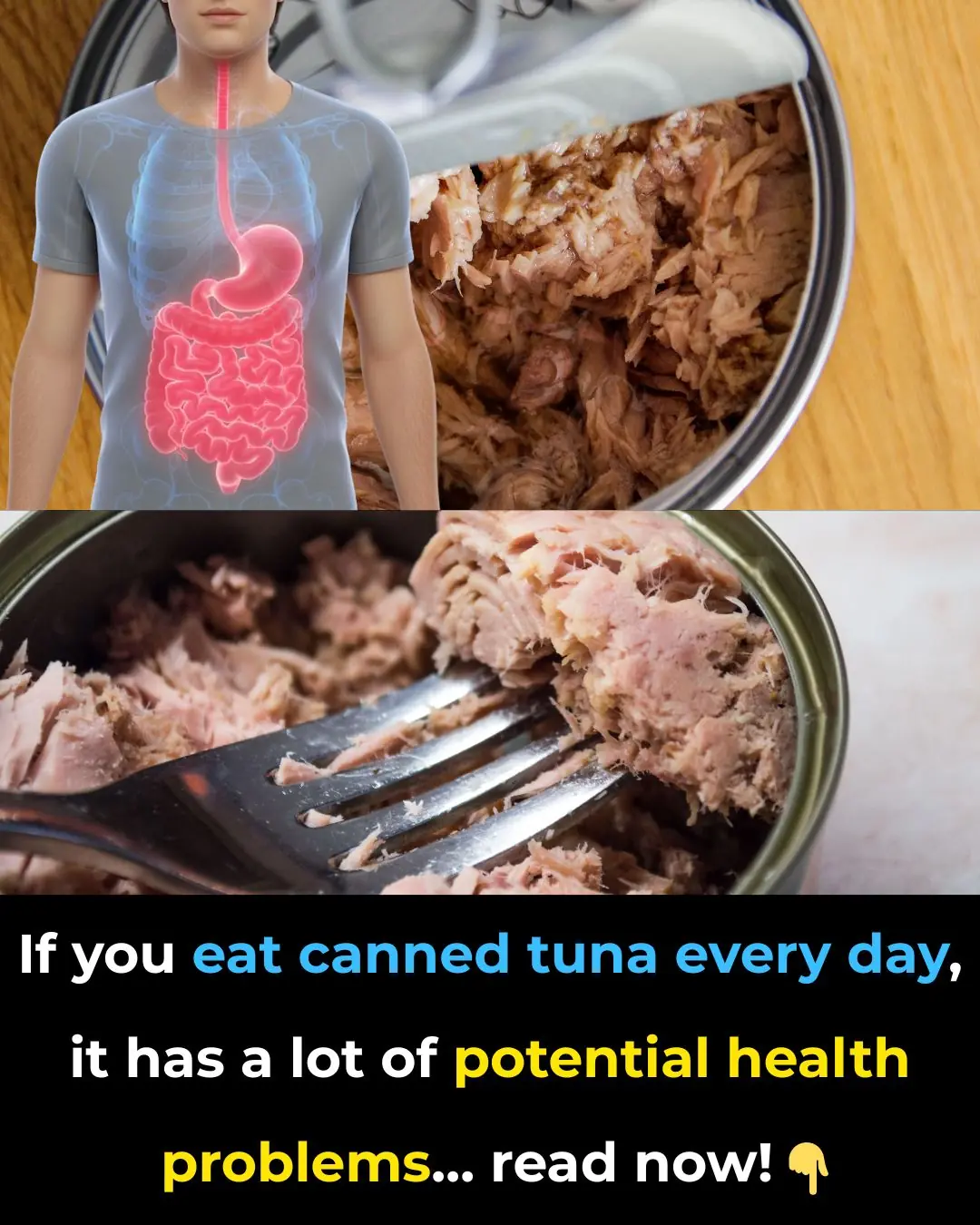
This Is What Happens to Your Body If You Eat Canned Tuna Every Day
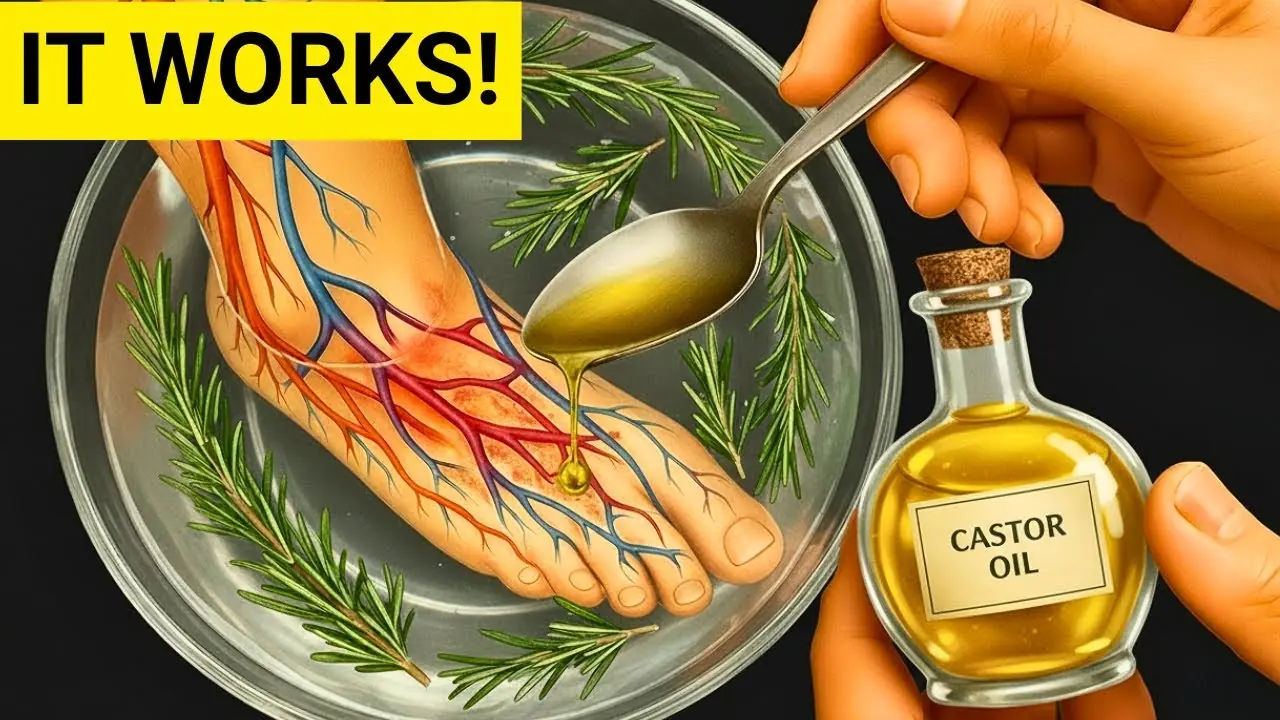
Mix Castor Oil and Rosemary — The 7-Day Results Will Surprise You

This Is What Happens to Your Body the Day You Stop Eating Bread
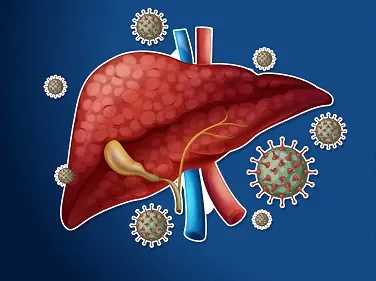
14 Symptoms of Liver Damage You Need to Know

Prepare Ginger This Way to Prevent Cancer, Reduce Cholesterol, and Lower Blood Sugar Levels

How to effectively cleanse your lungs in just 72 hours

Scientists find a berry that can combat cancer, diabetes, and obesity

Doctors reveal that consuming pumpkin causes in...
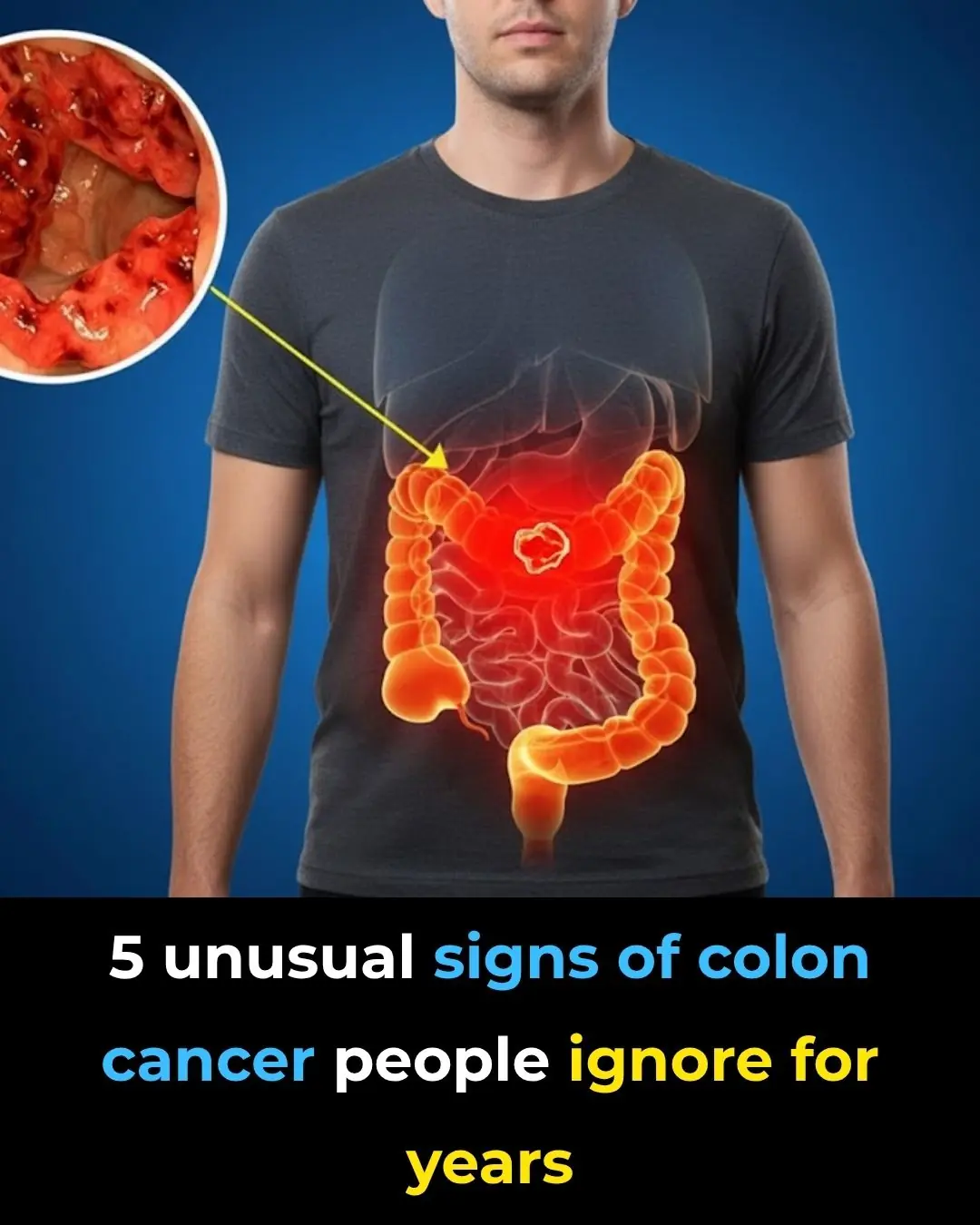
🚨 The Silent Danger: Early Signs and Prevention of Colorectal Cancer

The shocking truth about blocked arteries—it’s NOT just fatty foods!

Boil bananas before bed, drink the liquid and you will not believe what happens to your sleep
News Post

I had no clue about this!

Vertical Nail Ridges? Here’s What Causes Them — and How to Fix It

The Unseen Heroes: A Rescue Dog's Loyalty That Saved My Life

Barrett’s Miracle: A Journey of Faith, Strength, and Prayer

A Farewell to a Friend and His Passion for Music

Top 5 Nutrients to Reduce Swelling in Feet and Legs

A Rare Encounter: The Moment a Mountain Lion Meets a Baby

Stray Cats Bring a Bitcoin Mine to a Standstill — And Melt Hearts in the Process

If you sleep with socks on, see what happens

Each Tooth Is Connected to an Organ in the Body – How Tooth Pain May Reveal Hidden Health Problems

Dominika’s Fight for a Childhood Without Pain

Why There's A Growing Trend Of Straight Men Dating Trans Women

Michalinka’s Fight for Life: A Tiny Body, a Giant Spirit
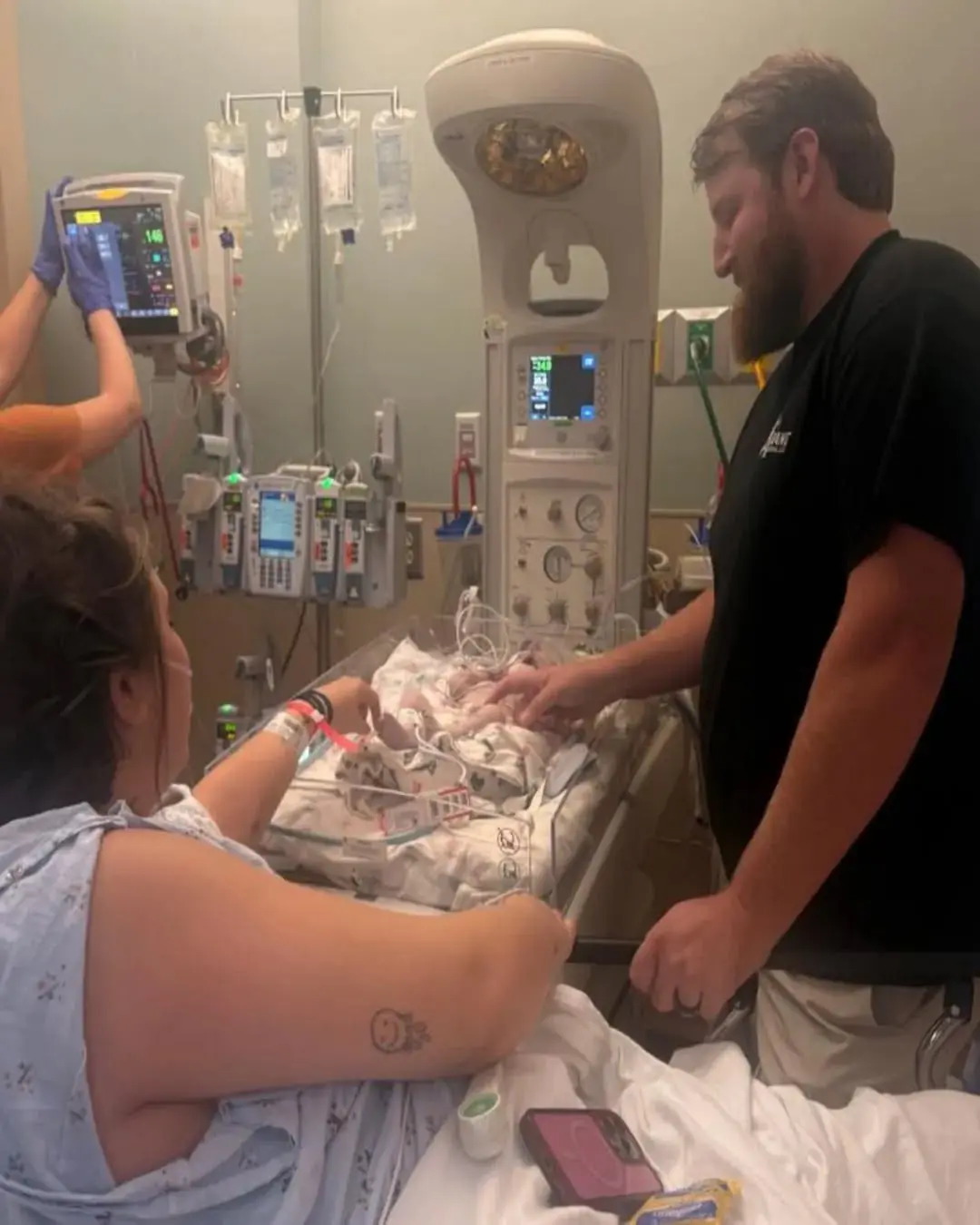
A Miracle in the Making: Baby Harlan’s Fight for Life
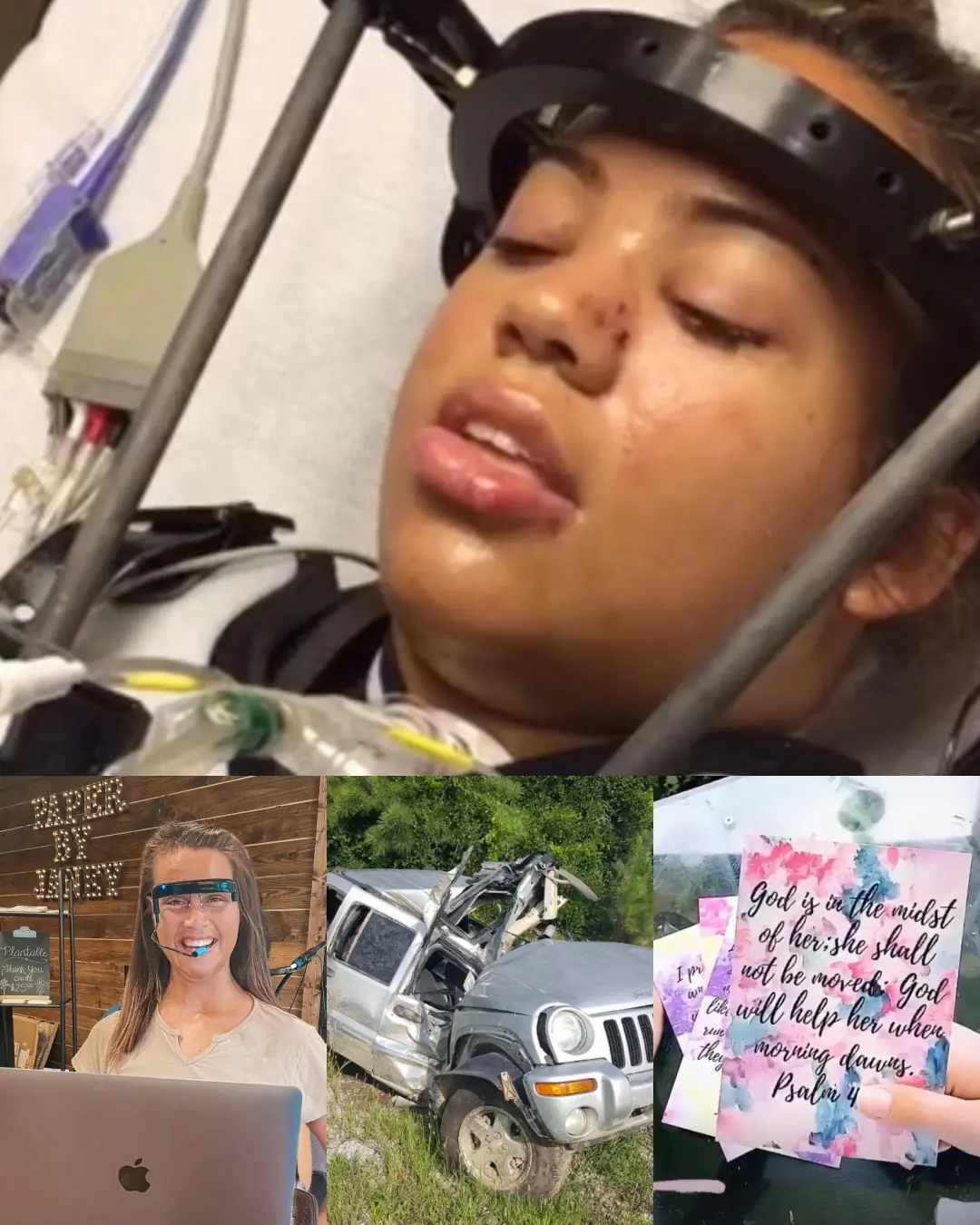
From Tragedy to Triumph: The Unbreakable Spirit of Janey Carter

A Battle of the Wild: The Confrontation Between a Raging Elephant and a Baby Hippo

7 Heart-Healing Foods Your Cardiologist Won’t Tell You About

Never Clean Your Light Switch with Water: Here’s a Trick to Make It Spotless

Bad Habits After Doing Laundry That Can Make Your Whole Family Sick! Many People Overlook This Detail
